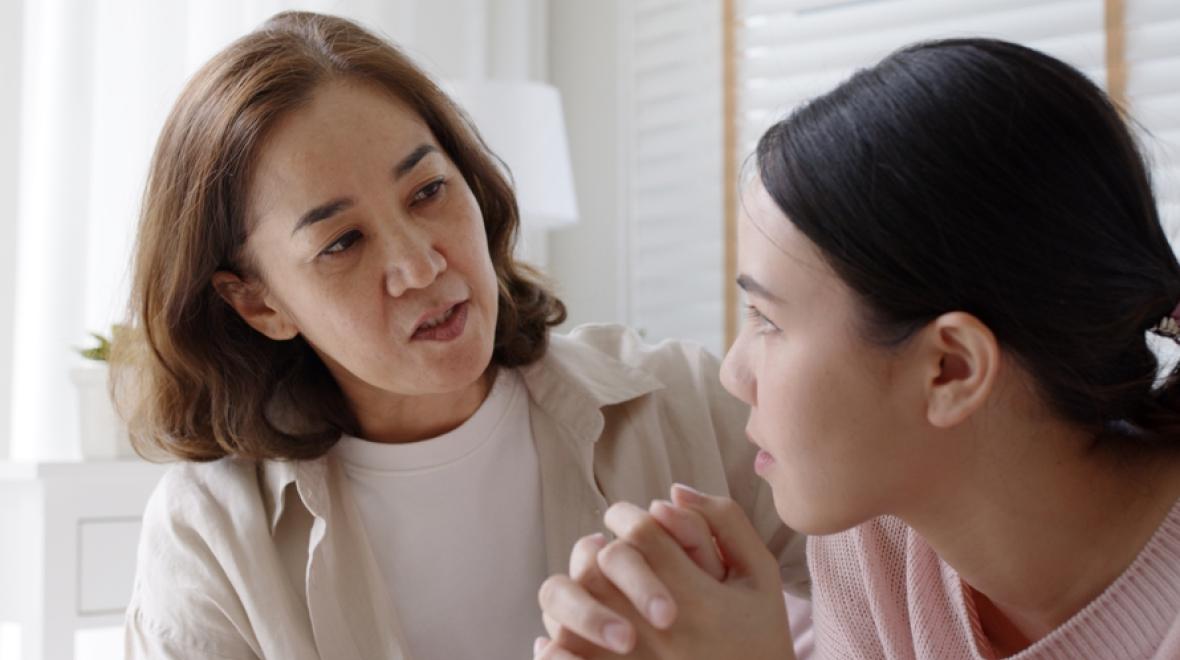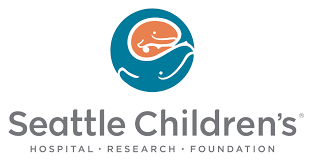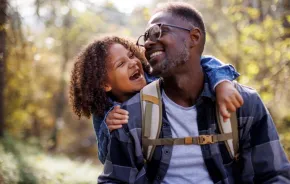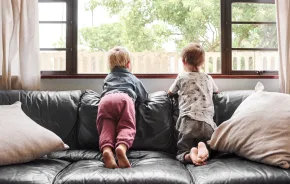
Editor’s note: This article was sponsored by Seattle Children’s Hospital.
As U.S. youth increasingly report poor mental health, parents, teachers and community members might unexpectedly find themselves on the frontlines of an adolescent’s struggles.
Take, for example, a coach who observes a player skipping practices and withdrawing socially, or a teacher who discovers a student’s substance use issue during a conversation about missed assignments. Although open communication and connections with a trusted adult can provide important mental health benefits, individuals in these roles may need better tools, strategies and confidence to navigate difficult conversations.
A free Seattle Children’s Hospital class attempts to bridge those gaps with its Youth Mental Health First Aid Class for King County adults who interact with youth ages 12–18. The local version, which began in 2017, is part of an international curriculum that provides the tools and education to help adults support and respond to adolescents facing mental health and substance use problems. The need is critical: The Centers for Disease Control and Prevention’s data highlights troublesome youth mental trends with 42 percent of high school students feeling persistently sad or hopeless and 22 percent reporting they seriously considered attempting suicide.
|
For more support and resources surrounding the youth mental health crisis, screen time and social media, and the importance of play, visit ParentMap’s Antidote for the Anxious Generation page. |
Just like physical health first aid, the program offers participants a common set of basic skills and strategies that can be applied to a variety of mental health issues, from depression and anxiety to eating disorders and psychosis as well as any young person going through a rough patch. The program emphasizes the importance of actively listening to someone and connecting them to appropriate community resources before the situation worsens.
“Maybe someone isn’t in a crisis situation yet, but you open a window of opportunity to start a conversation” to reach them, explained Isabell Sakamoto, the suicide and injury prevention program manager at Seattle Children’s Hospital and a class instructor. “The conversation helps them feel seen and that someone cared and noticed. It’s also an opportunity to reflect on their situation and what they might need.”
Responding without judgment
The virtual class, which is held about once a month, is funded with the MIDD Behavioral Health Sales Tax, a countywide fee used for behavioral health programs and services as well as the Chad’s Legacy Project, an organization that supports mental health education. Along with two hours of pre-work, up to 30 participants convene from 9 a.m.–3 p.m. The course includes an overview of youth mental health first aid and resources; the application of the tools in both crisis and non-crisis situations; and concludes with an emphasis on self-care for the first aider.
“It can be challenging in the moment when you want to support someone struggling but also don’t want to say the wrong thing,” said Christina Delgado, one of the class instructors. “The class provides ample opportunity to practice these skills with peers in a supportive environment.”
The class emphasizes the importance of listening non-judgmentally with empathy and giving the young person the time and space to process complex feelings. That means refraining from diagnosing someone’s experience and offering unsolicited advice. Instead, the class focuses on cultivating the skills to respond with sensitivity and compassion and establish open lines of communication.
“In the future, if the adolescent is experiencing a more difficult time, they could return to this trusted adult and that adult can be the listening ear,” Sakamoto said.
The course also helps participants recognize when they might need to do more than listen, including connecting youth with resources such as counseling, substance use assistance, or the 988 Suicide & Crisis Lifeline. They’ll also learn how to appropriately respond to someone who shares thoughts of suicide.
Steer clear of giving advice
Working through possible scenarios gives participants a chance to analyze their responses and consider whether they’re helpful. They explore the difference between one’s good intentions and how others might perceive their comments (the impact). For example, a well-meaning though problematic response to someone’s emotional distress might be: “Oh, I know exactly how you feel. You’re going to feel better tomorrow. This will blow over.”
Fellow class members can share how comments like those might make them feel dismissed or minimize their experiences. As a result, they might disengage and choose not to share anymore.
Instead, the class works through ways of reframing those good intentions and inviting the youth to share more.
“If someone is coming to us and sharing their thoughts or feelings this can feel vulnerable, so we want to first validate their experience,” Sakamoto said.
Swap problem-solving for open-minded listening
This approach means listening without judgment, asking questions, and allowing space for silence. Practically speaking, it can be helpful to say something like: “Thank you for sharing. This must be hard for you. I might not know exactly what you’re going through, but I’m here to support you.”
Instructors explain that meaningful support might be as simple as noticing changes in behavior, expressing empathy and asking about their needs. Delgado offered an example: “That sounds really heavy. Thanks for sharing. Is it most helpful for me to listen or are you looking for someone to actively process with you?”
The class also helps participants reflect on their own potential roles. They consider times when they have the capacity to provide support, and situations where they might be too busy or stressed themselves to offer adequate help. Even then, it’s still important to consider who else in that person’s community or circle could support them, and how to connect them to those resources.
Even if initial conversations aren’t deep or lengthy, the outreach opens the door for future interactions, instructors say. The simple act of identifying someone in need can make a tremendous difference.
“We know the difference a trusted and supportive adult can have in the life of a young person,” Delgado said. “It helps someone feel seen and cared for.”
To find more Youth Mental Health First Aid classes, visit Mental Health First Aid — Valley Cities. For more information on this national, evidence-based training, visit the Youth Mental Health First Aid website.
Additional resources can be found at the Seattle Children’s Hospital Mental Health Resource Hub.
|
Sponsored by: |












